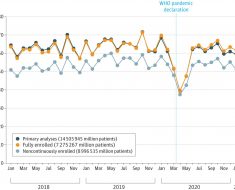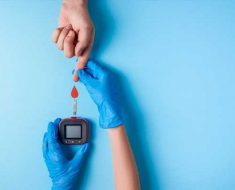NEW YORK (Reuters Health) – When organs are procured during donation after cardiac death (DCD), heart muscle viability is maintained until 10 minutes after the heart stops, researchers from Spain have found.
Beyond that threshold, calcium hemostasis, mitochondrial function and cellular viability progressively deteriorate, they report in the American Journal of Transplantation.
For heart transplant teams procuring grafts from DCD donors, completing the procedure within 10 minutes after cardiac arrest may therefore be critical for reducing the risk of graft dysfunction, the researchers say.
In a prospective study involving 16 DCD non-heart donors, Dr. Silvia Sánchez- Cámara of Hospital Virgen de la Arrixaca in Murcia, Spain and colleagues obtained heart muscle biopsies before withdrawal of support, at cardiac arrest and every two minutes thereafter. The mean donor age was 63; the main indication for withdrawal of support was hemorrhagic stroke. The median interval to cardiac arrest was 9 minutes.
The researchers found no deterioration in any cardiac parameters between withdrawal of life support and the time of cardiac arrest.
Ten minutes after arrest, however, phosphorylation of cAMP-dependent protein kinase-A on Thr197 and SERCA2 – indicating viability of contractility – decreased markedly, as did mitochondrial complex II and IV activities, which are markers of mitochondrial function. Caspase 3/7 activity, a measure of cell death, increased significantly.
There were no differences in terms of contractility, mitochondrial function, or apoptotic cell death in patients with shorter (4 to 8 min) or longer (9 to 19 min) intervals from withdrawal of life support to cardiac arrest.
None of the donors in this study was eligible to donate a heart. The authors point out that because these donors were significantly older than the standard DCD heart donor, their hearts may have been more sensitive to ischemia.
Donation after cardiac death is a potential means of increasing the pool of organs for transplant. Defining the critical time interval after which cardiac graft dysfunction may occur “may help transplant teams and facilitate the expansion of cardiac transplantation from DCD donors,” the authors conclude.
SOURCE: https://bit.ly/3w72MdC American Journal of Transplantation, online February 3, 2022.
Source: Read Full Article





